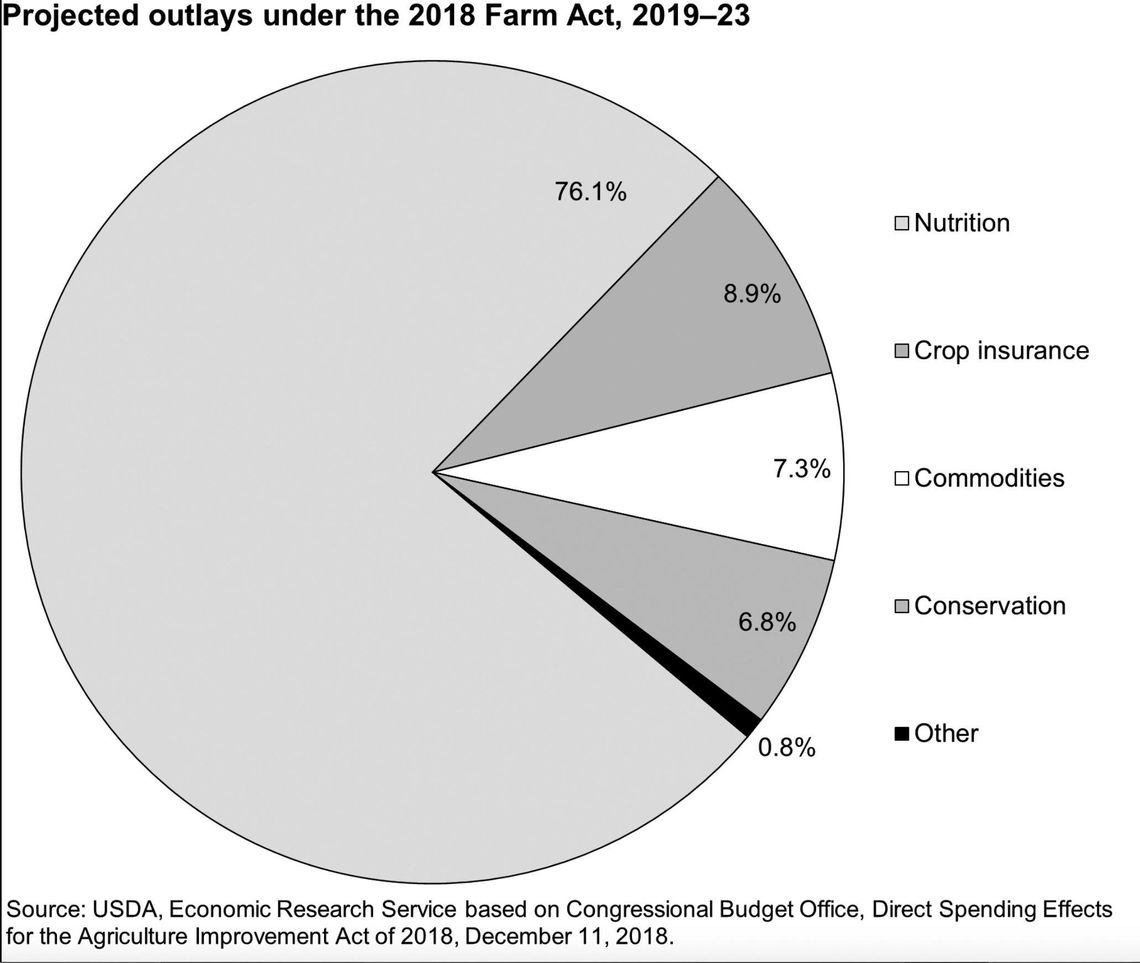A starving 5-year-old girl in Nicaragua changed my life 20 years ago when she asked me to feed her. Since then, I’ve traveled to desperate places of poverty and starvation in the world providing hunger relief and development. Why do these places suffer from prolonged famines and starvation and we in America don’t?
The farm bill. Every five years, Congress writes a new farm bill. However, lest you think the farm bill is just about farmers, think of it as the food bill because it touches every bite of food you eat.
The farm bill is divided up into 12 titles: 1. Commodities; 2. Conservation; 3. Trade; 4. Nutrition; 5. Credit; 6. Rural Development; 7. Research, Extension, and Related Matters; 8. Forestry; 9. Energy; 10. Horticulture; 11. Crop Insurance; and 12. Miscellaneous.
As I write this, Congress is hammering out the various dollar allocations in the 12 different tiles of the 2023 farm bill. Naturally, it can be complex and contentious but those are the 12 buckets that will be filled.
However, here are four ways the farm bill impacts everyone.
1. Addressing Hunger and Nutrition:
The largest part of the bill, nearly 80 percent, is the Nutrition Title, which addresses hunger in America. It covers the Supplemental Nutrition Assistance Program [SNAP] (formerly known as food stamps) as well as a variety of smaller nutrition programs to help low-income Americans afford food for their families. Although we have hunger in America, the farm bill ensures we don’t have starvation.
2. Crop Insurance (Risk Management):
The stark contrasts between America and developing countries about crop insurance became real to me in a village in Nicaragua. Farmers there laughed at me as they tried to teach me to plow ground behind two oxen pulling a single- blade plow as they were planting their annual sesame seed crop.
A few months later, the crops were wiped out with torrential rains and flooding, and the people in the villages became desperately hungry and faced starvation. Friends of mine in the U.S. collected money so we flew down and purchased what food we could find, then delivered it by truckloads to the villages.
A government official met us and thanked us, then explained: “We don’t have farm safety nets like you do in America. We don’t have any money to feed the hungry and we have no way of helping farmers insure their crops. When they lose a crop, it will take them at least three years to recover from it.”
Crop insurance is critical to minimize the risk of farming. Commodity crops like wheat, corn, sorghum and soybeans can be insured while many specialty crops like fruits and vegetables cannot get crop insurance. Most farmers will only plant crops they can insure, so if you ever wonder why you don’t see more vegetable farms in Kansas, the lack of crop insurance is a contributing factor.
3. Conservation:
No one is more concerned about soil conservation and water usage than farmers because the future of their farm depends on it. As you hang around farmers, you find quickly they identify themselves as first, second, third, fourth or fifth generation. Keeping the family farm from one generation to the next requires intense focus on conservation practices so the farm bill provides research and conservation opportunities.
4. Food Security and Safety:
Food security simply means we have a safe and continual supply of food we can eat. A food system, whether it is global or local, is comprised of three fundamental parts of a supply chain: production, processing and distribution.
We have enjoyed food security for decades but discovered food insecurity during the pandemic when the supply chain was interrupted, which was evidenced by empty shelves at the store. The initial growth of Shop Kansas Farms was driven by food insecurity: people who suddenly found the food they needed was available to purchase from a farm near them.
But during the pandemic, our store shelves were filled again because our government has created the safety nets and infrastructure to provide a safe and secure food supply.
Though simplified, these are the ways the farm, er, food bill, impacts your life every day.
Before you take that next bite of food, give thanks not only to the farmer but also to our government for putting safety nets in place to make sure no farmer loses the farm when Mother Nature treats them badly.
And to help make sure no one goes to bed hungry.



